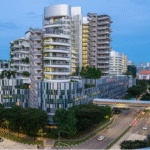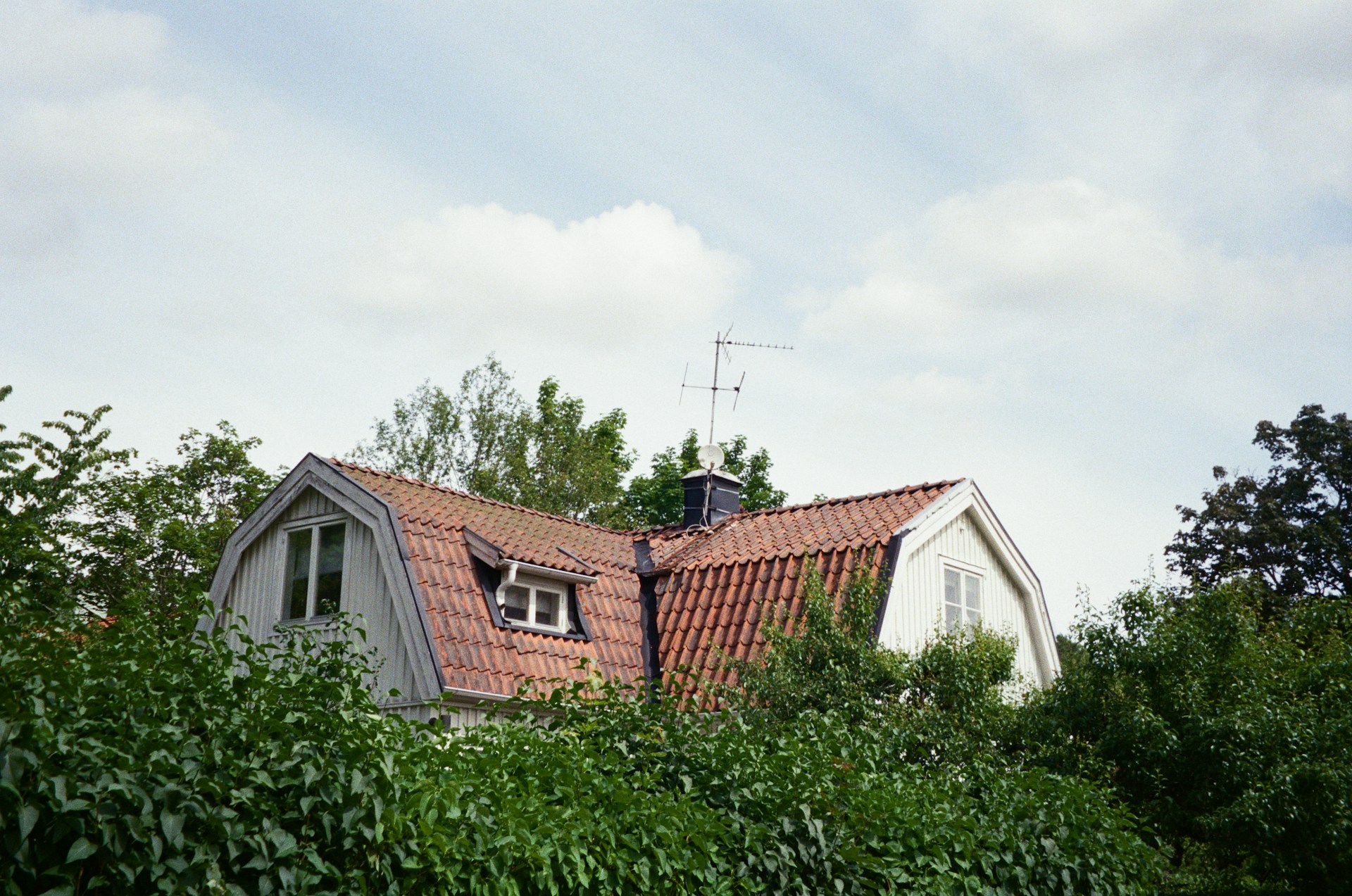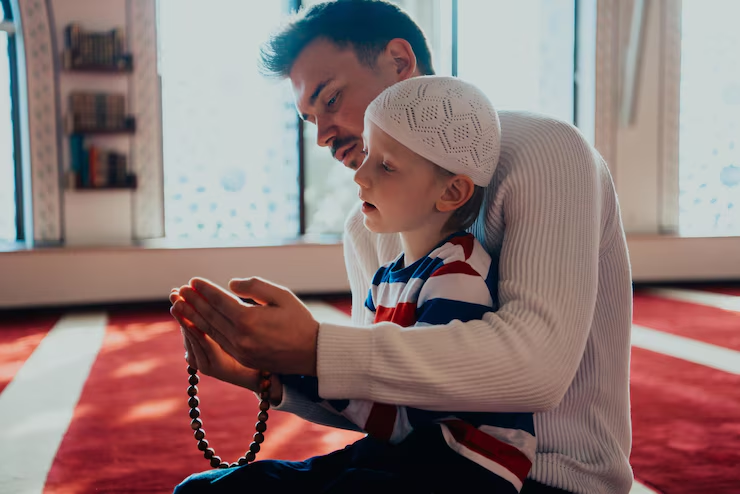Ann Le excavates her lineage by revisiting her family’s experiences. Using archived family photos and stories, familiar symbols, and researched information, Le constructs a narrative that explores the artificial with real and remembered memories. Le’s works are layers of images, building upon each other, often touching on emigration.
What information are you looking for when you research in preparation for a body of work?
When an idea comes, I entertain the idea by cycling through it as a narrative; what is the story line? The work usually stems from a more subjective and emotional, personal space. An idea can trigger from looking at old family photographs, films, art, and poetry. I then look for factual information found online, or in books. I correlate that found and researched information with my initial idea. Let it be a personal family narrative and the events of the Vietnam War, for Example. The visual elements form once I have enough information.
What memories are you recalling, yourself, to share in your work?
Depending on the work, I am recalling my childhood memories growing up as a first generation Vietnamese American to immigrant parents. To shared collaborative memories from stories retold by my mother, father, and or sister. I am creating a fiction / non-fiction of events that have occurred in our history. Memory is slippery.
The colors within each image blend into one another as new images erupt from the multiple layers. The candid images are documents that become moments of recollection. In this work, I look to bring those archived instances to the forefront of my memory.
It started off as a practice to force myself to instantly see the work, to make more work quickly. It’s an accessible approach to making and seeing the work, and creating a specific narrative. By deconstructing and constructing the narrative, the story line, I am in control of my message and how I want it delivered. My influences are surrealism and collage, minimalism and conceptual art. I have adapted these styles into my work. In my undergrad studies, I came across Rene Magritte’s works and was mesmerized by the anonymous and his perceptions of reality. By breaking apart my image I am capturing an essence and philosophy for a special engagement. Through investigation, I bring the visual information together to create language and dialogue.
What sort of artificial stories are you creating to mingle with the history you learn about?
Memory is a retelling of what we think we remember; it’s a collaboration of events and collected moments that have occurred in the mind. In my work Home, I recreated a series of faux family portraits. I scanned in old family portraits of my relatives from Vietnam, and paired them with images of family homes I photographed throughout Los Angeles. By doing this, I am fabricating a substitute family photo album – thinking of the many displaced families, and individuals that have escaped in search of asylum. The language in my work touches on separation and bridges the question of what came before, and what’s to follow.
Do these stories alter your perception of your family’s culture?
Yes most definitely. I didn’t realize how important family gatherings were prior to visiting Vietnam for the first time in 2005. Being first born in San Diego, I grew up with my parents, older sister, and younger brother. My parents were the only ones that left Vietnam after the fall of Saigon. I didn’t grow up with grandparents, aunts, uncles, or cousins. Although my parents created friendships within the Vietnamese community in San Diego, I didn’t connect with that community. My parents have yet to fully assimilate, while us kids Americanized to what we only knew growing up in the urban inner city of San Diego. It was a strange duality to be in the in-between space of being both Vietnamese and American.
The break down helps me better visualize what has happened to a country after a war. The deconstruction and reconstruction helps me to understand the many that were and still are displaced and separated. It also shows the desperation of humankind to survive.
My work significantly narrates my family’s traumatic decision to migrate in search of freedom and allowed me to immerse myself in the history of my native country. It’s a backdrop that merges the identities of East and West, bonding cultural and political views of the war. By pulling collective memories together, I am transmitting another’s memory, and reconstructing my own projections. This act of revisiting my family’s journey has allowed me to recognize, appreciate and articulate the unexpected gifts that their migration to the U.S. has brought me.
In The Implied Line, you are tracing, or retracing, facial features and edges of clothing. How does this act change they way you remember the moments captured in these photos?
The Camera Lucida came to mind while making The Implied Line. A Camera Lucida is an instrument in which rays of light are reflected by a prism to produce on a sheet of paper an image, from which a drawing can be made.The transparency on the image has changed, and the image becomes a digital light projection. By tracing and retracing the features of these photographs, I am mirroring the photo by creating the other and remaking the moments within the image with my own hands.The photograph is the trigger, and my tracing is the action. It’s a longing to be a part of the image; the artist becomes present.
You removed identifying features of family members in It Was Your Family. How do you choose which identities you will remove and what is the significance of
doing so?
In this body of work, all identities of every individual are removed. The sitters have no choice and are all in the same boat. They are forced to a specific circumstance without a voice, and are trapped in a continuous void. Silence is as complex as spoken language, as differentiated and as subtle. sometimes it is self-imposed, sometimes, other-imposed. Sometimes it is driven by the urge to protect, salvage or cherish; other times, as a weapon of defense, control or denial.
I can feel the sacrifice your family made, in your work. In your process of exploring your family’s history, do you feel that they lost a part of themselves or left behind an identity?
Yes I feel they have lost + left behind a great deal when they got on the boat that evening. There are vast amounts of sadness and longing for our family across the ocean. Old photographs help my parents relive their younger selves. Although there was a part of them that was lost, the future they have provided for us has become rich in experience. It’s bittersweet. My parents would not have stayed behind in Vietnam with that type of dictatorship in charge. I can see where I get my strong-willed attitude. In Nathalie Huynh Chau Nguyen’s book Memory is Another Country, she shares that, “The act of remembering is a means of bringing the past alive, and an imaginative way of dealing with loss. For refugees, memory acquires a particular power and poignancy, since the country that they remember is now lost to them.”
In Embody, you’ve replaced identifying features of family members with wallpapers you created that hold their own identity. Do the images in the wallpaper directly relate to the person whose body you put them on?
Yes, the portraits that house the wallpapers are directly related to the person in that image. It’s a rendition of a collective narrative, through the transmission of memory that is not my own, but my mother’s. It refers to moments during her forced emigration and to iconic events that occurred during the Vietnam War. The wallpaper is my interpretation of those specific events.
Mother Refuge is a portrait of my mother taken by my father in his photo studio in Vietnam. It speaks about my mother’s miscarriage of my older brother while traveling by foot thru shallow waters along a mountainside of Northern Malaysia. An estimated 400,000 Vietnamese people escaped between 1978–1981. It was not uncommon for entire boatloads of escapees to die at sea. Ten percent to half of all escapees lost their lives to the sea, while one third of all boats were victims of robbery, rape, or murder.
The detailed elements in the wallpaper include a fetus being carried away by a lotus flower, silhouettes of people traveling on a boat, a pirate emblem, and cherry blossoms. The fetus is white representing the color worn by the Vietnamese people during funerals. Rather than wearing black, white signifies the celebration of life, not death. The lotus flower naturally grows in muddy water and represents a purifying of a spirit, born into and through murkiness.
The lotus is a metaphor for life and death. The pirate emblems are purposely depicted faintly because when we think of pirates, we think of thieves and murderers. The pirates my parents and sister encountered at sea however, saved their lives. The pirate emblems are quietly embedded into the background, like fading images in our memory.
Memory can be unreliable and reflects a continuous process of retranslation. Remembering the self is not a case of restoring an original identity, but a continuous process of ‘remembering,’ of putting together moment by moment, of provisional and partial reconstruction.
Re-Education Graduation is a tribute to my father who was a part of the South Vietnamese Army (SVA) fighting along side with the American soldiers. After the fall of Saigon in 1975, American troops fled quickly, leaving behind a few hundred SVA troops. If captured by the Viet Cong, troops would face death or spend many years in re-education camps (also known as prison camps) where they would be brainwashed and indoctrinated.
The detail in this wallpaper include the famous image taken by Eddie Adams, a Pulitzer prize-winning photo of a South Vietnamese General Nguyen Ngoc Loan executing a Viet Cong prisoner in Saigon during the Tet Offensive on February 1, 1968. In addition to the traced execution scene, there are traces of a brain, koi fish, puppet on a string, and cherry blossoms.
Tell me a bit about your process of creating the wallpaper series.
The main portraits that house the wallpaper come from my parents archive. My father was a photographer in Vietnam, and these are his portraits of my aunts, mother, maternal and paternal grandparents. The original portraits are darkroom prints my father printed, and are somewhat deteriorated. They range in size from: 3”x5”, 4”x6”, 5”x7”, to 8”x10”. To better organize my thoughts, I give myself a few rules when working on a project. For example, I chose images that are shot by my father in his studio. By doing this, the body of work becomes more cohesive. I do a high-resolution scan of the images, and get them into a digital platform. I keep the original tones of the prints, since the prints were all printed at different times with different grades of darkroom paper. There is a range of cool to warm tones, this is important because I sample the original tone of the image, which becomes the background color of the wallpaper.
These weapons, traced from actual photographs are cartoon-like and playful, which contradicts the idea of threat and fear. In addition to the NVA weapons of war are cherry blossoms, which are heavily used for decoration during the Tet Festival in Vietnam. Tet is also known as “Vietnamese Lunar New Year”, which usually occurs late January or early February marking the arrival of Spring. Wallpaper has a close affinity to the idea of ‘home’ with each digitally hand traced image using specific colors to evoke moments of diaspora. I devised and created my own template and placed each traced image to create the wallpaper.
I’ve become much more curious; I ask more questions to figure out the why’s and how’s. The visual language I’ve developed thus far has formed my true self in this present moment. There is more honesty + vulnerability in my work. As an artist, I have to leave behind the, “ is it good, does it look good?” Good or bad, the engine is running, and there’s a language. Although I don’t feel the pressure of being first-born generation American, there’s an underlining preconception to be pressured. Being Asian American and going into the Arts is taboo, so I’ve been told. There are barriers to be broken, I always tell my students, “Learn the rules like a pro, so you can break them like an artist.”
How have your parents responded to your work?
There is a definite language barrier when it comes to the poetics of my work. My parents aren’t well versed in English, and I the same with Vietnamese. My father was a portrait photographer in Vietnam, so he critiques the technical aspects of my straight photography. But we don’t delve into the essence of conceptual fine art. My mother questions my approach of covering the skin of a portrait with wallpaper, or my tactics of cutting into the print. She’s not sure why I would “ruin” a perfectly good image. They know that I work with visual imagery, but still question my motives on why I do what I do.
Who are your creative influences?
Do work, whatever it may be. Researching, note making, sitting in your studio space thinking of making the work. It’s all a part of the process. Make more, so you can fail more. Once we fail, we get to the good stuff. I think many people stop when they hit the wall, rather than embracing the wall. Watch more films, see more art. This can randomly trigger inspiration and ideas. Bring a small notebook, I try to jot down my ideas right when they hit. Don’t worry about what others in your field are doing; yes, make note, but
don’t compare. It’s okay to make ugly work, if the idea is there, the work visually overtime will form into itself. Live with the work, print the work out and pin it to the wall. Edit, edit, edit – the first draft of most things is shit.
In addition, what my mentors in college have said: “It’s not hard, just make the work, you’re not going to die” & “See what’s popular, take a look at what’s happening in the galleries, then go the opposite direction”.
Thank you Ann, for taking the time to share your work with us!











